Many of us have dealt with the problem of dull, yellow teeth. It’s frustrating and can make us feel less confident. But, there are ways to get back that bright, shiny smile we all want. This guide will show you the reasons why teeth turn yellow and how to fix it with both professional and natural methods.
Key Takeaways
- Understand the underlying causes of yellow teeth, including internal factors, external stains, and age-related changes
- Discover the benefits and drawbacks of professional teeth whitening methods, such as in-office treatments and custom tray systems
- Explore effective over-the-counter whitening solutions and learn how to use them safely
- Uncover natural home remedies that can help brighten your smile, from baking soda and hydrogen peroxide to oil pulling
- Recognize the importance of proper oral hygiene and preventive measures to maintain a whiter, healthier smile
Understanding Tooth Discoloration and Its Causes
Tooth discoloration is a common issue that affects many people’s confidence. It can be caused by internal and external factors. Knowing why it happens helps find the best ways to whiten teeth.
Internal Factors Affecting Tooth Color
About 20% of tooth discoloration comes from inside the tooth. This includes genetics, some medications, and aging changes in the tooth.
- Genetics can affect how thick and white your enamel is, making some more prone to discoloration.
- Some medications, like antihistamines and antidepressants, can stain teeth by changing the tooth’s inner structure.
- As we get older, our enamel gets thinner, showing more of the yellow dentin underneath, making teeth look yellow.
External Causes of Tooth Staining
External factors, affecting the tooth’s surface, cause about 80% of discoloration. These include lifestyle choices, poor dental care, and environmental factors.
- Eating foods and drinks like coffee, tea, and red wine can stain teeth.
- Smoking and chewing tobacco can make teeth yellow and brown over time.
- Poor brushing, flossing, and dental cleanings can lead to plaque and tartar buildup, causing stains.
- Too much fluoride can cause white or brown spots on teeth.
- Teeth injuries can also discolor teeth, as they can damage the tooth’s inner structures.
Knowing the causes of tooth discoloration is key to finding the best whitening methods. It helps keep your smile bright and healthy.
Yellow Teeth: Natural vs. Problematic Discoloration
Teeth come in many colors, and some yellow is normal. This color can change based on your genes and tooth structure. So, a bit of yellow might not mean your teeth are unhealthy.
But, if your teeth are too yellow or stained, it could be a sign of a problem. Issues like decay or erosion might be causing this. It’s important to know the difference to get the right treatment.
| Natural Tooth Color | Problematic Tooth Discoloration |
|---|---|
| Enamel, the outer layer of the tooth, is a blueish-white color and somewhat translucent. Dentin, the layer beneath the enamel, has a naturally yellow hue. Off-white or yellowish-white tones are considered the normal range of tooth color. Extremely white teeth often result from multiple bleaching procedures, not the natural norm. | Plaque or tartar buildup leading to yellowing indicates poor dental health. Factors like bad oral hygiene, tobacco products, certain medications, foods, and beverages can cause discoloration. Deep dental stains due to trauma, medications, or health conditions may not be preventable. Problematic discoloration may signify underlying dental issues, such as decay or enamel erosion. |
It’s key to know the difference between normal and unhealthy tooth color. While some yellow is okay, too much might need a dentist’s help. This could be to fix any dental problems.
“Maintaining good oral hygiene, regular dental visits, and being mindful of your diet and lifestyle choices can help prevent and address problematic tooth discoloration.”
Professional Teeth Whitening Methods
If you want a quick and effective way to brighten your smile, professional teeth whitening is a good choice. These treatments, done by dental experts, use advanced methods and strong bleaching agents. They promise amazing results.
In-Office Treatments
In-office whitening takes 60 to 90 minutes and can whiten your teeth noticeably in one session. Treatments like Zoom! laser teeth whitening are fast, safe, and effective. But, the whitening isn’t permanent and can last from a few months to several years.
Custom Tray Whitening Systems
Custom tray whitening systems are another professional option. Dentists give you special trays and strong whitening gels for home use. It’s slower than in-office treatments but lets you whiten at home. Plus, you get professional help to ensure it’s safe and works well.
Professional Supervision Benefits
The main plus of professional teeth whitening is the dental expert’s guidance. They check your teeth and health, fix any problems, and customize the treatment for you. This reduces risks like tooth sensitivity or gum problems, making the whitening safe and effective.
| Procedure | Average Cost | Whitening Ability | How Long Results Last |
|---|---|---|---|
| In-Office Whitening | $500 – $1,000 | Up to 8 shades lighter | Up to 1.5 years |
| Custom Tray Whitening | $150 – $400 | Moderate whitening | Several months to a year |
Professional teeth whitening gives better results but costs more. Yet, the benefits of a brighter smile and professional care are worth it. It’s a good choice for those looking for a big change in their smile.

Over-the-Counter Whitening Solutions
If you want to whiten your teeth without a dentist, many OTC whitening products are available. You can find whitening toothpastes, whitening strips, gels, and rinses. These products have lower whitening agents than dental treatments but can remove stains and brighten your smile.
Whitening toothpastes use mild abrasives and chemicals to remove stains. Whitening strips and gels have peroxide to reach deeper stains. OTC whitening solutions are safe for daily use. But, they might not work as fast or be as dramatic as dental treatments.
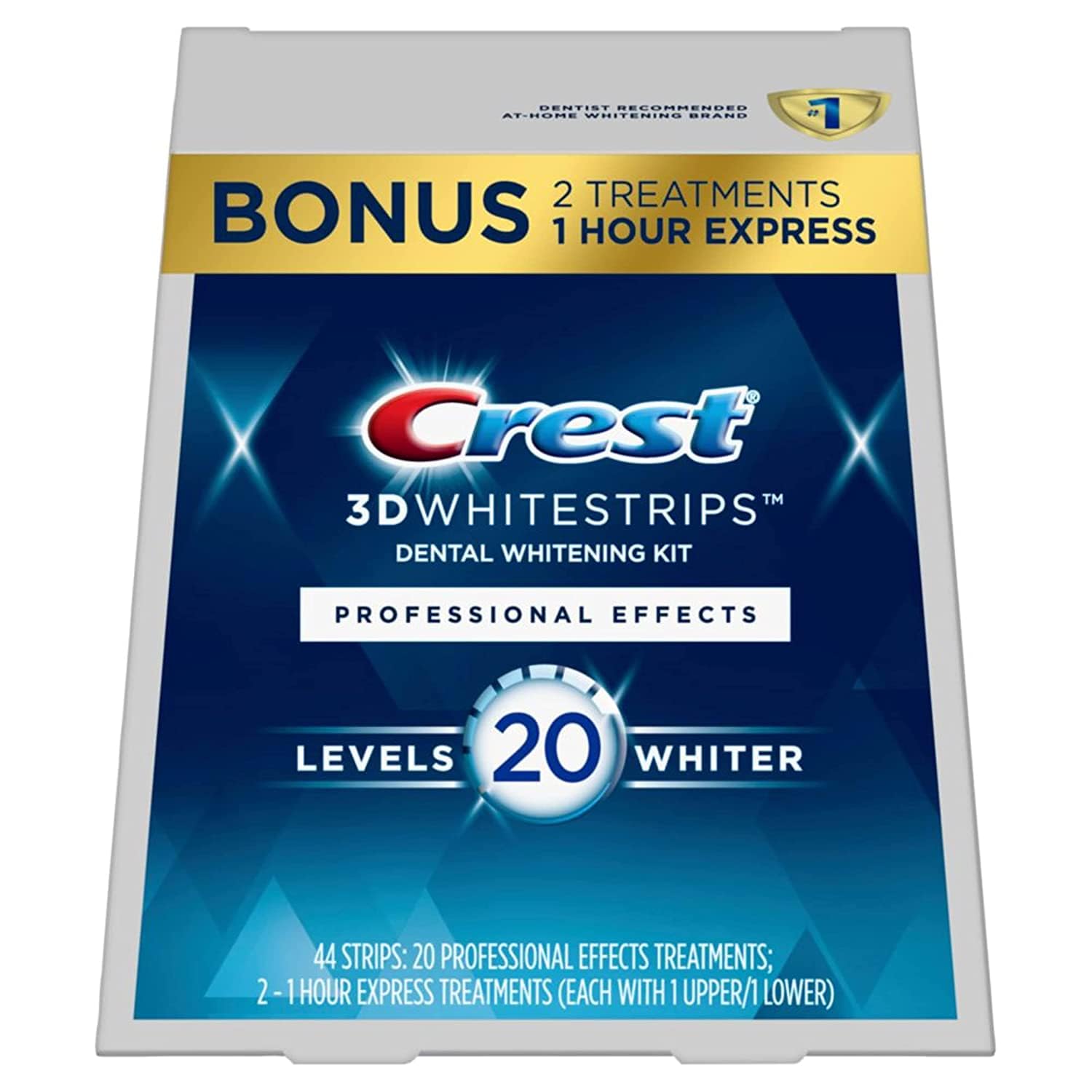
Crest 3D White Whitestrips Professional Effects
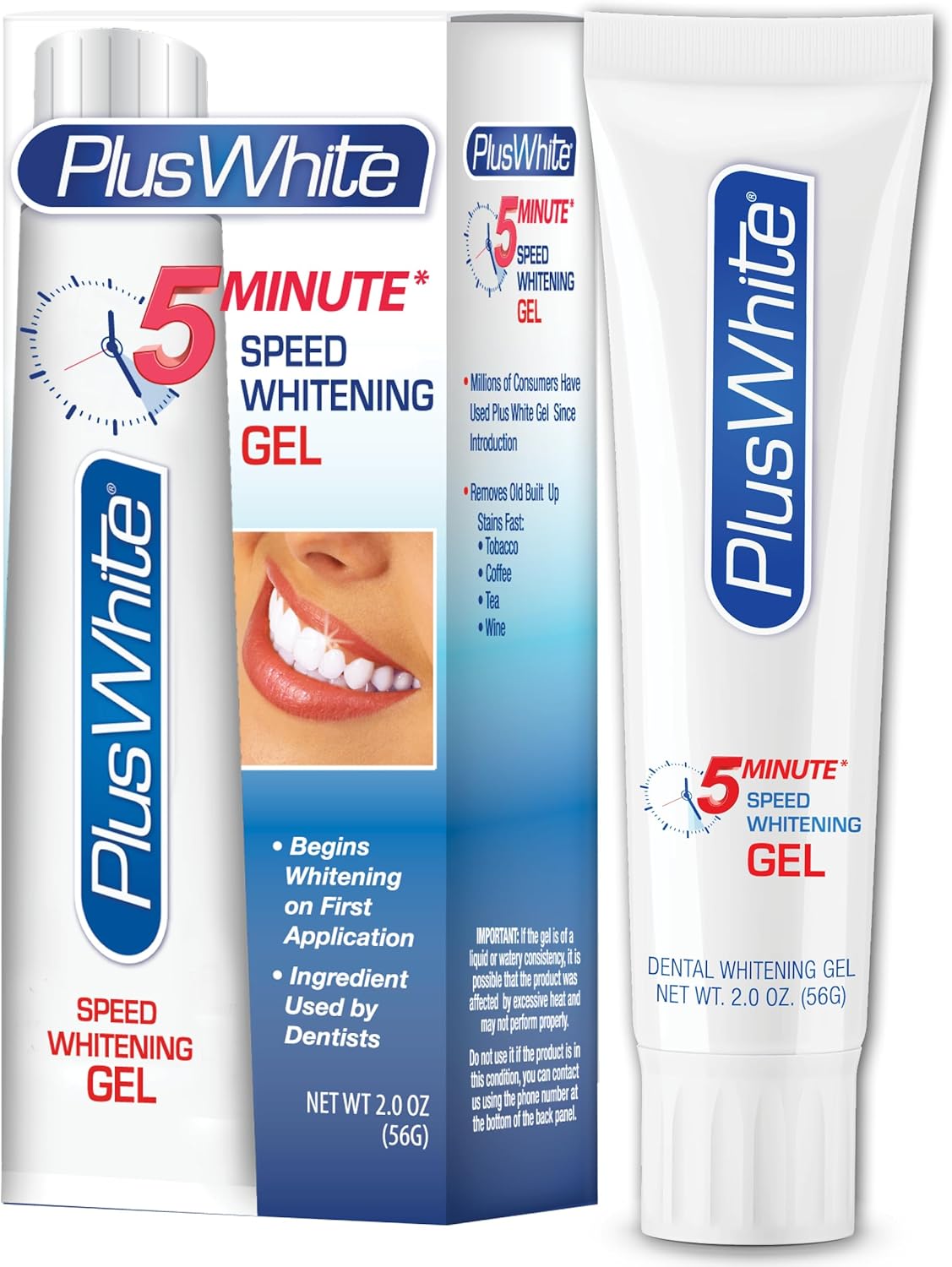
Plus White 5 Minute Dental Whitening Kit
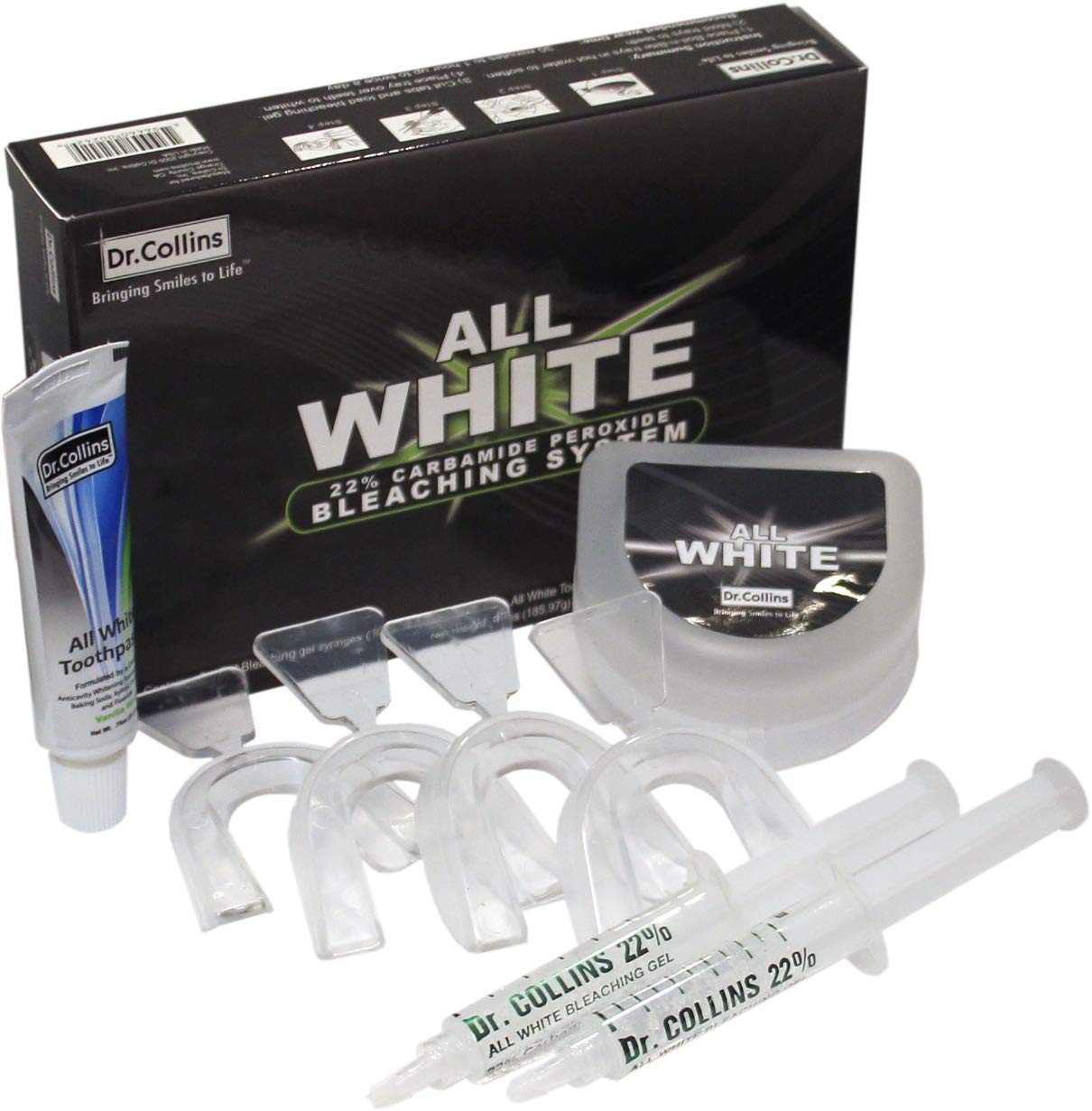
Dr. Collins All White 22% Bleaching System
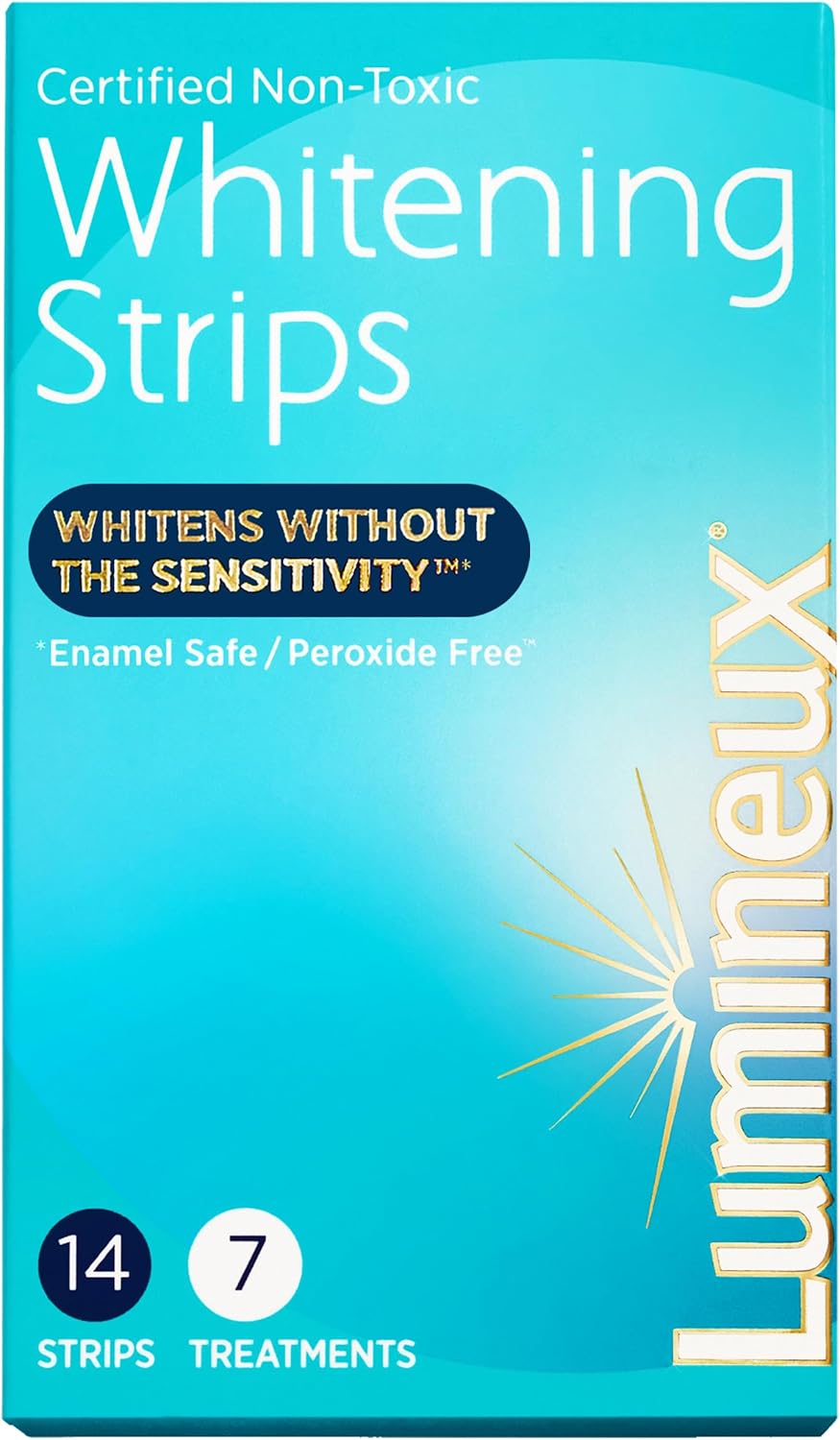
Lumineux Teeth Whitening Strips
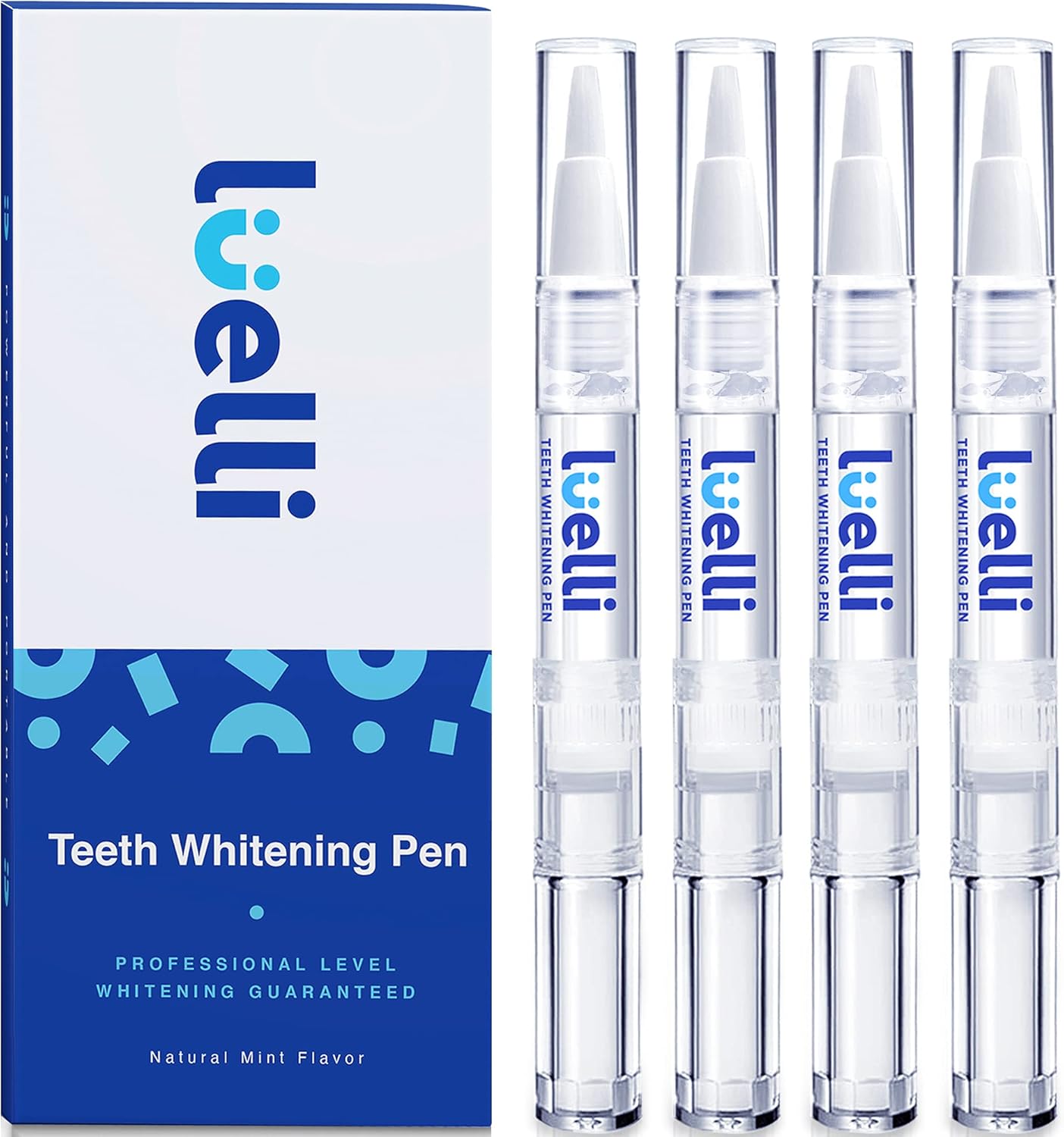
Teeth Whitening Pen for White Smile
Always follow the instructions when using OTC whitening products. Be aware of possible side effects like sensitivity. Talking to a dentist can help you pick the best whitening kit and use it safely.
Natural Home Remedies for Teeth Whitening
Getting a brighter smile doesn’t have to cost a lot. Many natural home remedies can help make your teeth whiter. You can try baking soda and hydrogen peroxide or oil pulling. These options are cheaper than store-bought whitening products.
Baking Soda and Hydrogen Peroxide Method
Making a paste with baking soda and hydrogen peroxide is a popular choice. It’s known to reduce plaque and tooth stains. The baking soda’s abrasive nature and hydrogen peroxide’s whitening effect can make your teeth shine.
Oil Pulling Techniques
Oil pulling uses coconut oil to clean your mouth. It can cut down on bacteria that cause tooth decay. Adding oil pulling to your routine may make your teeth look whiter and healthier.
Safe Natural Ingredients
Other natural ingredients like apple cider vinegar and strawberries can also whiten teeth. But, be careful with acidic things like vinegar. They can harm your enamel if used too much. Always check with your dentist before trying new remedies.

Natural remedies can be a good way to keep your smile bright without spending a lot. But, they might not work as well as professional treatments. Keeping up with good oral care is key to a healthy, white smile.
The Role of Proper Oral Hygiene
Keeping your mouth clean is key to avoiding tooth discoloration. Regular teeth cleaning is the first step to a shiny smile. It helps stop yellow teeth from forming. A good dental care routine fights tooth stains and discoloration.
Brushing your teeth twice a day for two minutes is a must. It gets rid of surface stains and plaque, which cause yellowing. Flossing every day is also important. It removes food bits between teeth that can stain. Using an electric toothbrush can clean better than a regular one.
“Consistent oral care not only helps maintain whiter teeth but also promotes overall dental health.”
Don’t forget to see your dentist for cleanings too. They can remove tough stains and plaque you might miss. This makes your oral hygiene routine even better.
Focus on a dental care routine with good teeth cleaning and dentist visits. This way, you can keep your smile bright and healthy. Proper oral hygiene is essential for a youthful smile.

Preventive Measures Against Tooth Staining
Keeping your smile bright and healthy is more than just brushing and flossing. It’s about what you eat and how you live. Simple changes can help fight yellow teeth and give you a whiter smile.
Dietary Modifications
Some foods and drinks can stain your teeth. Try to eat less coffee, tea, red wine, berries, and soy sauce. If you do eat these, use a straw to reduce tooth contact.
Eating apples is good for your teeth. They have malic acid that breaks down stains.
Lifestyle Changes
Smoking and drinking too much alcohol can also stain your teeth. Quitting smoking can greatly help. Regular dental visits and cleanings are key to keeping your teeth looking good.
Visit your dentist every six months. This keeps your teeth clean and white.
Choosing the right foods and living a healthy lifestyle can help keep your teeth white. Good dental habits and prevention are the secrets to a long-lasting, healthy smile.
| Dietary Habits for White Teeth | Lifestyle Changes for Dental Health |
|---|---|
| Limit consumption of coffee, tea, red wine, and berries Use a straw when drinking staining beverages Incorporate teeth-friendly foods like apples | Quit smoking or tobacco use Reduce excessive alcohol consumption Maintain regular dental check-ups and cleanings |
Changing your diet and lifestyle can help prevent tooth staining. This way, you can keep your smile healthy and white for many years.
Understanding Teeth Whitening Safety
Teeth whitening is popular, but it’s important to know the risks. Using whitening products too much can cause tooth sensitivity and damage to the enamel. This is true for both over-the-counter and professional treatments.
Before starting any whitening treatment, get a dental check-up. Your dentist will check your teeth and decide if whitening is right for you. They can also tell you the best way and how long to use it to avoid harming your teeth.
When using whitening products at home, like gels or strips, follow the instructions closely. Using them too often or for too long can harm your teeth. Regular dental visits help keep your teeth clean and your whitening treatments more effective.
FAQ
What causes yellow teeth?
Yellow teeth can come from many things. Diet, smoking, and certain medicines can cause them. As we age, our teeth naturally get yellower because the enamel wears off, showing the yellow dentin underneath.
Are there different types of tooth discoloration?
Yes, there are. Discoloration can be from inside or outside the tooth. Inside, it’s due to genes, some medicines, and aging. Outside, it’s from foods, smoking, and not brushing well enough.
Is natural tooth yellowing considered a problem?
A bit of yellow in teeth is normal and not always a health issue. Everyone’s teeth are different because of their genes. But, too much yellowing might mean there’s a problem like decay or worn enamel.
What are the professional teeth whitening methods?
Professional whitening gives faster, stronger results than home kits. Dentists use strong bleach in office treatments. At-home, you use special trays and gels given by your dentist.
What are the over-the-counter whitening solutions?
You can buy whitening toothpaste, strips, gels, and rinses over the counter. These have weaker whitening agents than what dentists use.
What are some natural home remedies for teeth whitening?
Home remedies include baking soda and hydrogen peroxide paste, oil pulling with coconut oil, and using apple cider vinegar or fruit peels. The baking soda and hydrogen peroxide mix is good at removing stains.
How can proper oral hygiene help prevent and reduce tooth discoloration?
Good oral hygiene is key. Brushing twice a day for two minutes removes stains and plaque. Flossing daily keeps teeth clean between them. An electric toothbrush is better at removing stains.
What lifestyle and dietary changes can help prevent tooth staining?
To avoid stains, change your diet and lifestyle. Eat less coffee, tea, red wine, and berries. Use a straw with staining drinks. Quitting smoking is also important.
Are there any risks associated with teeth whitening?
Whitening is safe if done right. But, too much can hurt your teeth. Always see a dentist before whitening to make sure it’s safe for you.

